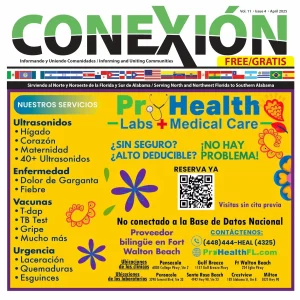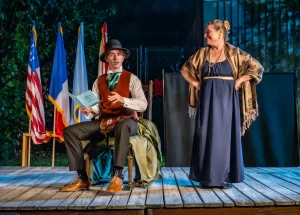By Martin Owen
For a Christmas present my wife gave me some travel books, but with a twist. These are about what it was like to travel during the 1930s, 1950s and ‘60s. I find these fascinating trying to imagine what tourism was like a few decades ago. It got me thinking about how things have changed in the time since I joined the business. I must stress that I’m nowhere near old enough to remember those decades from a work point of view! However, I do recall the travel business of the 1970’s well enough.
Back in the ‘60s and ‘70s tourism worldwide was really taking off. We had the jet age and the ability to travel was open to a much greater number of people. It was not just the wealthy who could travel.
As a young travel agent, I was in the front line of booking people’s vacations. We now take it for granted that we either visit a travel consultant who books everything using on line systems or we just use our own computers and cell phones to research and book our trips. Fifty years ago, only the airlines had computers to manage their bookings, and access was restricted to their own staff (although the first American Airlines ‘SABRE’ computer terminal was installed in a travel agency in 1966). For us travel clerks, the first job in booking a tourist’s journey was to look in one of two books that were published every month. The Official Airline Guide or OAG and the ABC Airways Guide. These were huge books listing all the air services around the world, the days and times they operated and which airlines flew the routes. With the OAG you looked up the city the traveler wanted to go to, and then checked if there was a flight, or connections from where they were starting. The ABC was the other way around—look up the start point and then look at the destination to which you could fly.
Having found your flight or flights and checked that they flew on the day you wanted, plus when they arrive, bearing in mind that with international flights your oft times landed on a day after you left. Even, when crossing the international dateline, landing the day before you left or two days later. Some people could find they missed a whole day traveling.
Next step was to call the airline on the phone and reserve the seats. In many cases that involved multiple calls to different carriers, some of whom had computer reservation systems, but many did not, relying on sending messages back to their head offices to ‘request’ bookings. They invariable used a Telex or Teletype system (a sort of electric typewriter that connected via special telephone line). This meant that a seat request could be waiting days for confirmation.
Once the itinerary was finalized, we had to work out the fare. This could be as simple as just looking up the fare in a book, but frequently with a multi stop journey, it involved a major fare calculation. That process could fill a book all of its own, believe me. It was major to a young and numerically challenged travel agent.
Lastly, we had to hand write the tickets. We had stocks of tickets for all the airlines we worked with. There was certainly both an art and a science to writing tickets and we all had to take courses in how to do it correctly. I recently found some of the training tickets I had written back then. It was a different age. We’ve come a long way with instant reservations on your phone, no physical tickets and boarding passes using your phone or watch.
That only covers booking the flight! The joys of finding and reserving hotels and tours was a whole different and complex process. Maybe, next month?



